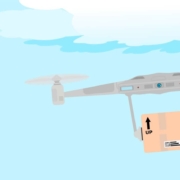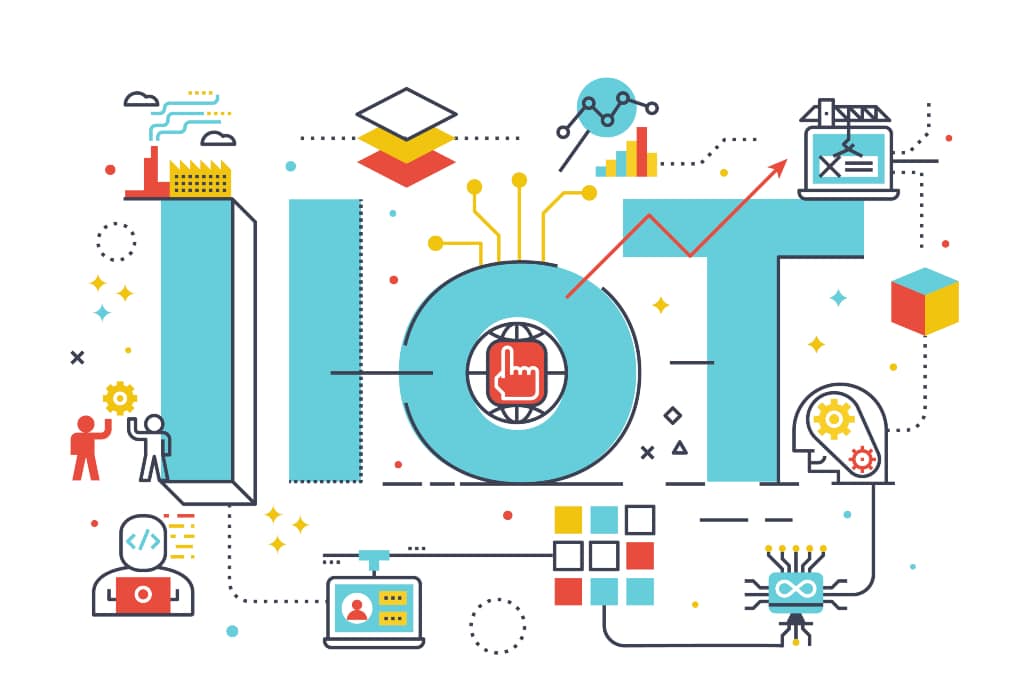Five trends for 2021 in Industry 4.0
One year after the Covid-19 pandemic settled among us, we are perfectly aware that the industrial scenario – as in other sectors – is undergoing changes to adapt to new circumstances. Some of them will remain forever and others will surely be temporary.
What can be talked about, beyond what is causing the health situation, is the trends that seem to be a novelty as of this 2021 in the field of Industry 4.0. Therefore, below we are going to see some of those that are expected to be protagonists in the coming months.
The distributed cloud
The distributed cloud is one in which cloud services are distributed to various physical locations, but whose operations, governance, and evolution remain the responsibility of the public cloud provider.
That industrial companies have more at hand this type of services, reduces the latency of operations; something that is increasingly crucial for the relationship of machines with workers and with other machines. In addition, it reduces the cost of data.
On the other hand, it allows companies to take advantage of public clouds without having to manage their own private cloud, which is more complicated and expensive. The future of the cloud is the distributed cloud.
Maturing of 5G connectivity
Industry 4.0 is going to see an exponential greater use of 5G technology in the coming times. Using higher speeds more routinely will result in productivity gains in factory manufacturing processes. Both the machines and the workers themselves are going to take advantage of the growing presence of 5G connectivity in a very noticeable way. In addition, companies will see increased efficiency related to monitoring, data storage in the cloud and communications, among other aspects.

Product design improvements
New trends in computer vision and virtual reality are going to change the way products are designed. Machine vision will provide the ability to change the type and characteristics of products before prototypes are required. This trend will mean that resources can be saved in product design and development.
Less energy use
Aware of the growing importance of the environment in industry, the use of cleaner fuels for industrial production has been one of the most sought after changes among Industry 4.0 participants. In addition to a growing shift away from the use of fossil fuels, the growing trend emphasizes reducing the amount of energy used in factories. An important trend for 2021 due to the various implications it has and more in these times of pandemic crisis.
For this, industries have to monitor the amount of energy they use and provide alternatives to reduce it. Reducing electricity costs will become one of the main tasks for many of the players in Industry 4.0. Excess electricity consumption causes an impact on the environment and also substantially increases industrial production costs.
More present consumers
The growing relationship between manufacturer and consumers (in both directions) is proving very beneficial for Industry 4.0. The increasing quantity and quality of data that is handled and the feedback of the experiences of the consumers, are allowing to enrich the productive processes. Thus, getting closer to the tastes, desires and needs of consumers is increasingly possible, allowing greater satisfaction in them and, therefore, an increase in sales and income.
In 2021, this more transparent and frequent relationship between producers and consumers must also have an impact on the amount of resources used in production. Products made to order by consumers will mean less waste of resources and less need for warehouse space, to name two beneficial aspects.









